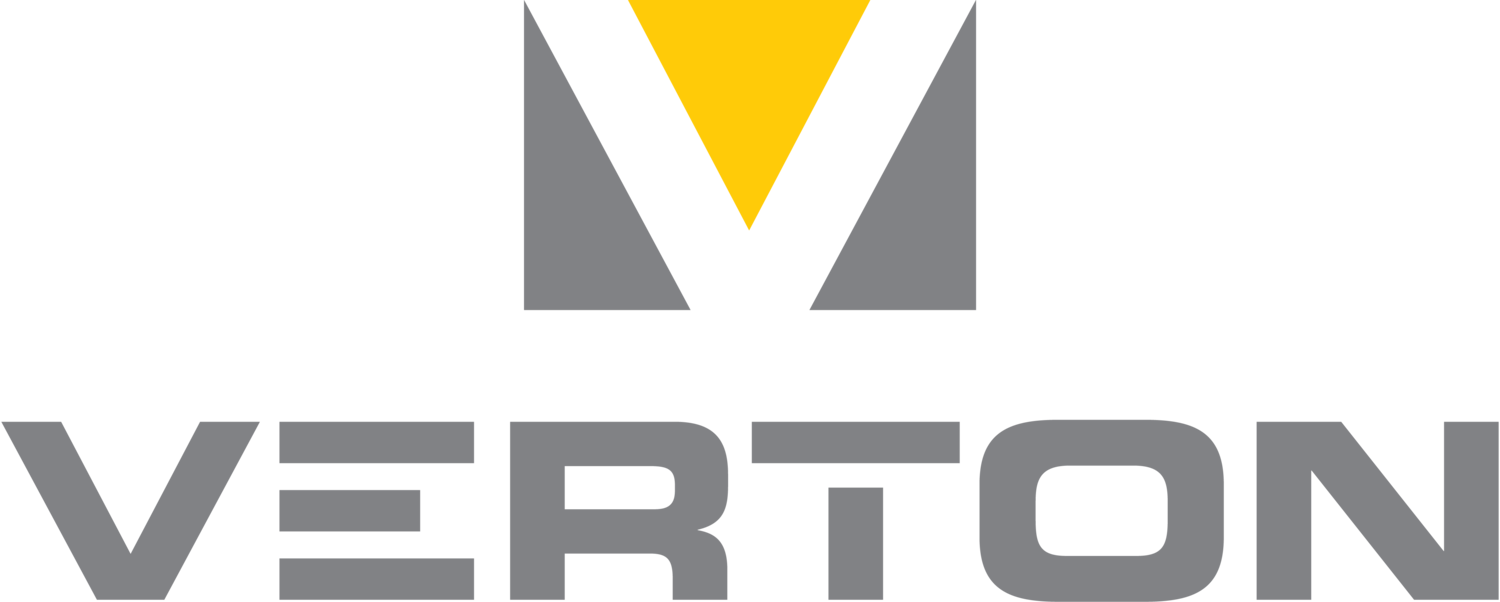A Change is in the Air as More and More Companies Harness the Power of Wind for a Sustainable Future
With a global movement to harness more sustainable energy sources, wind power is becoming increasingly important. In 2019, Global Cumulative Installed Wind Power Capacity was at 743GW (up from 24,000 megawatts in 2001 [1]), with the UKs onshore and offshore wind power capacity reaching 24GW that year [2]. There are currently more than eight and a half thousand onshore wind turbines in the UK, and over two thousand offshore turbines [3], and as the current stock age and new turbines are added to increase capacity, the need for safe and effective tools to help build, repair and maintain these turbines is now a necessity.
In April 2021, Verton – the company behind the world’s first remote-controlled load-management system – introduced a new lifting solution to their range: The Windmaster. The Windmaster has been developed to meet the unique demands of wind energy infrastructure, and is built for both wind turbine erection and maintenance. As with the rest of the Verton range, this technology allows for the huge component parts of wind turbines (including the blades, tower and the nacelle) to be remotely lifted and accurately orientated without the need for taglines and personal working near (or even underneath) these huge loads.
Safety isn’t the only thing that the Windmaster improves – efficiency can also be significantly enhanced with the addition of this system to your construction and maintenance arsenal. With all Verton’s lifting solutions, the innovative remote control system enables fewer people to safely and effectively lift and orientate objects, and gives a single person complete control of the process at the touch of a button! This reduction in the time (and manpower) required for orientating allows for installations and maintenance to take place with fewer people on the ground, allowing for a cost effective redistribution of the workforce to multiple sites and projects. Verton products can also contribute to an overall reduction in downtime, as well as up to 50% reduction in hook time, which can also increase the efficiency and effectiveness of your team.


